what is the best glue to use for broken china
| | |
|
Epoxy Vs. Cyanoacrylate (Super Glue, Crazy Gum) for Ceramic, China or Figurine Repair |
 |
| |
| |
| |
| |
| |
| |
| |
| |
| |
| |
| |
| |
| |
 |
 |
| |
Ceramic & Sculpture Repair Lessons
(click pictures)
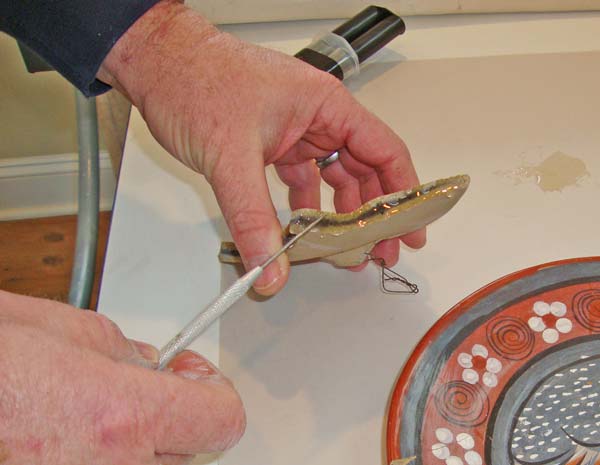 Cementing only lesson |
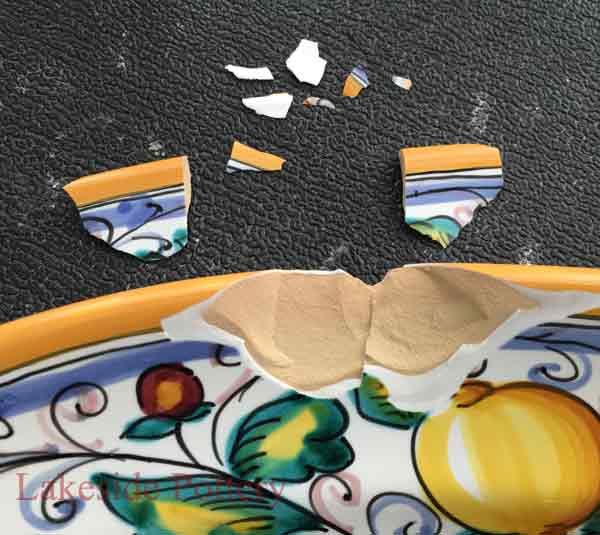 Chipped pottery repair lesson |
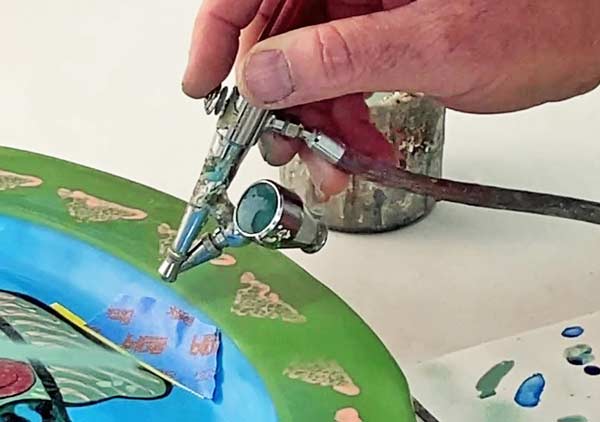 Complete ceramic repair lesson |
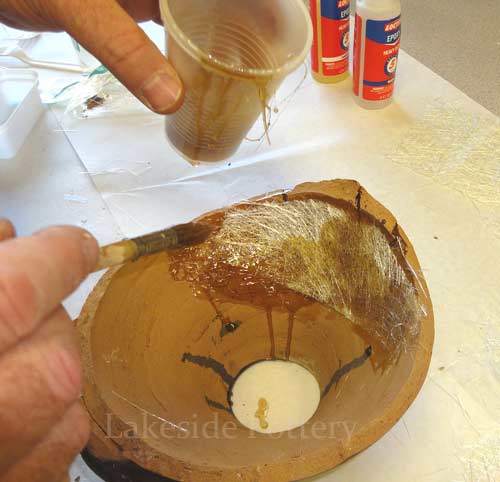 Restore vase lesson |
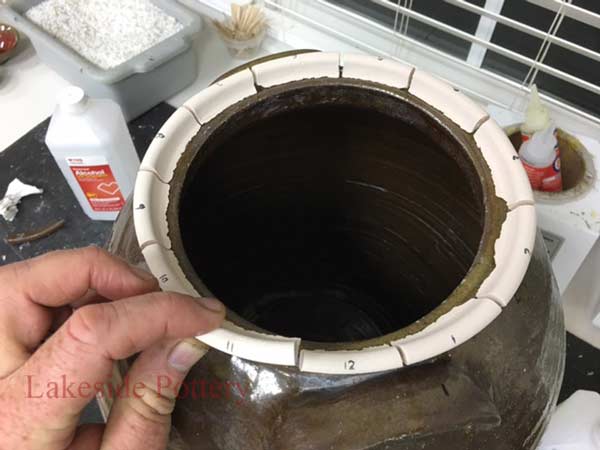 How to supercede Stoneware crock's rim |
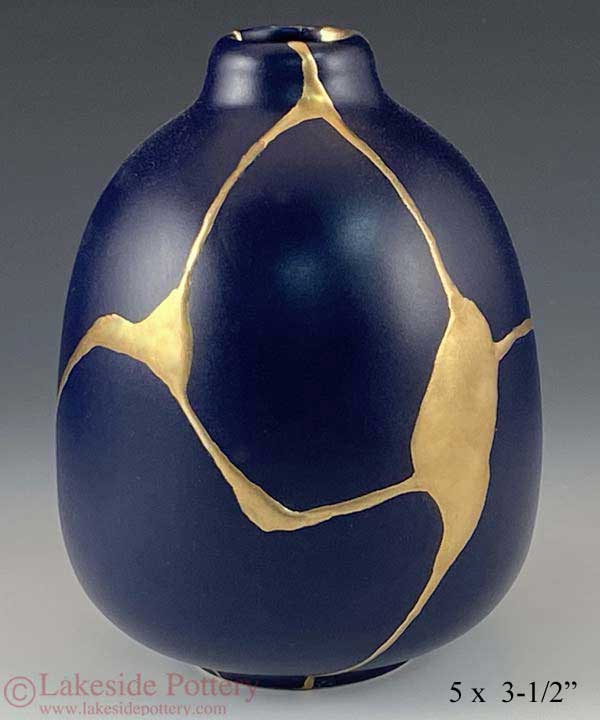 Kintsugi - mending with gold |
 How to prepare ceramic crack |
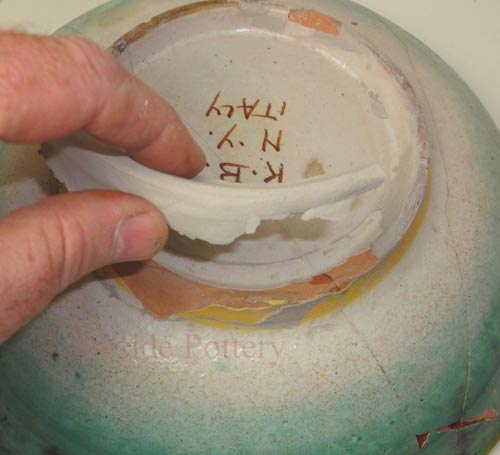 Restore basin lesson w/ missing pieces |
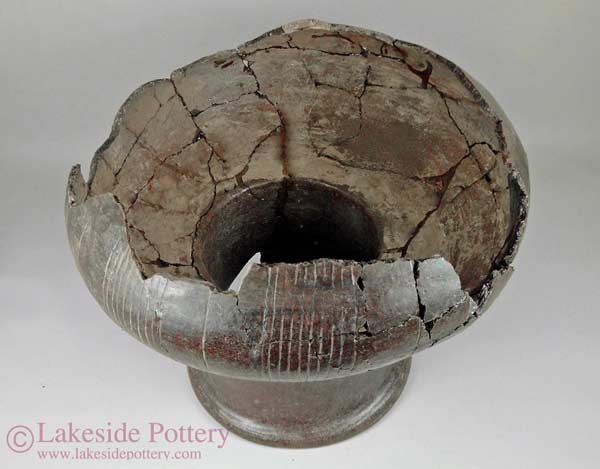 Restoring ancient pottery steps |
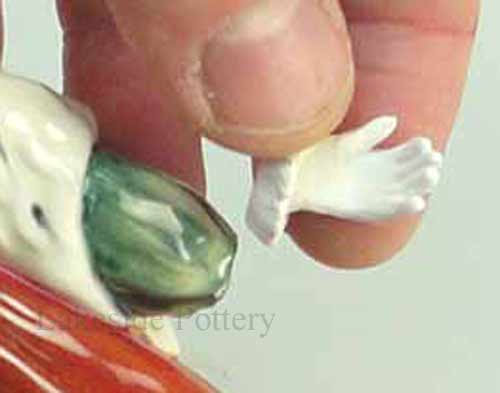 Sculpting missing pieces - Lladro |
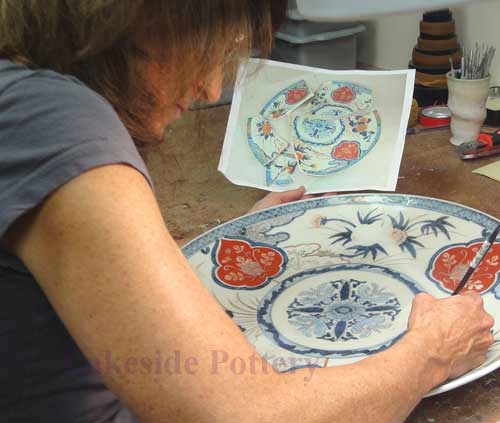 Painting pottery after repair |
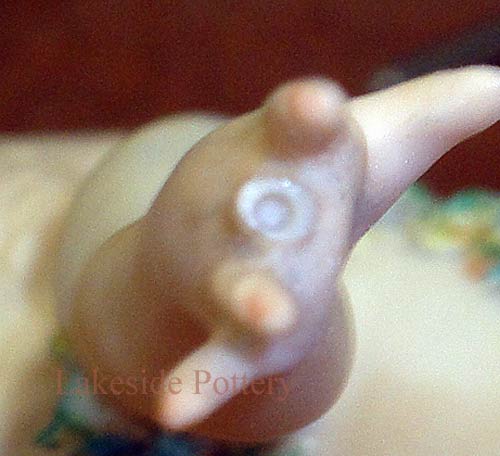 Miniature repair w/ missing finger |
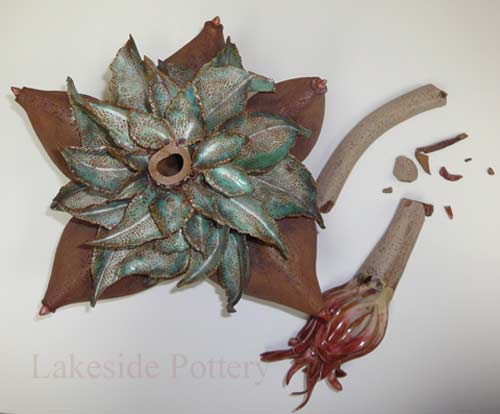 Making missing part west/ fired clay |
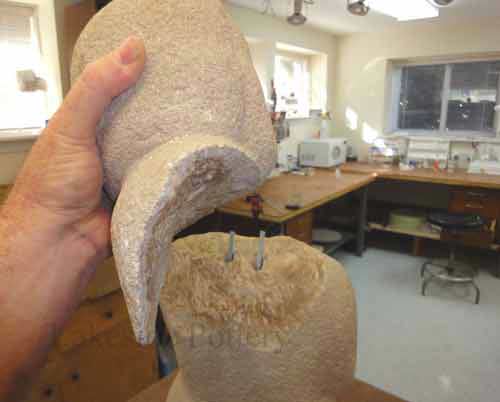 Repairing broken stone sculpture |
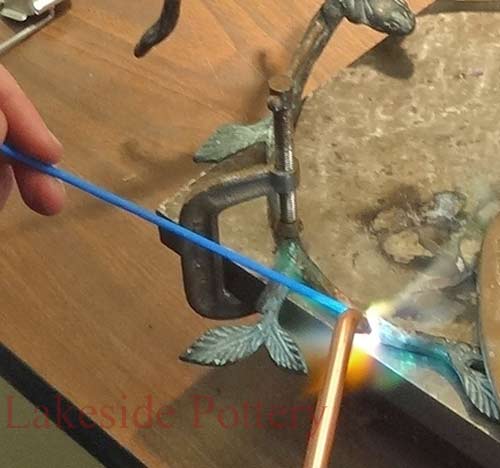 Bronze sculpture repair |
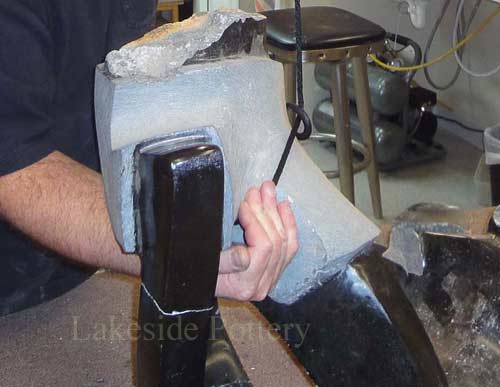 Restoring stone sculpture / statue |
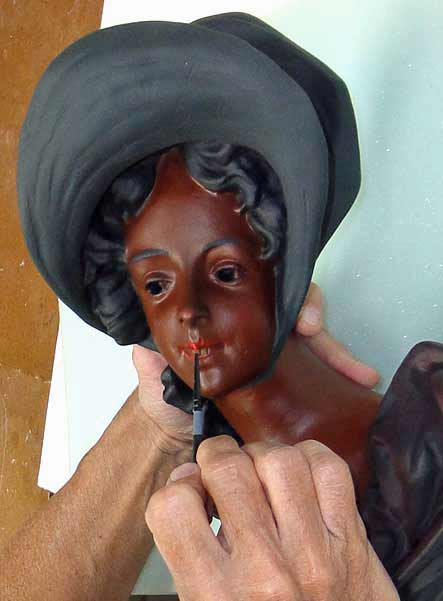 Plaster figure / statue repair |
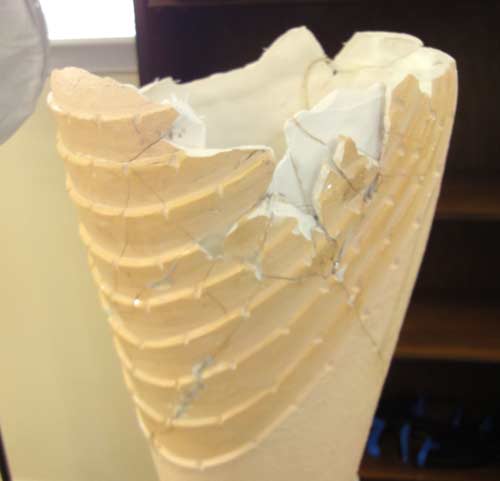 Plaster lamp repair w/ missing parts |
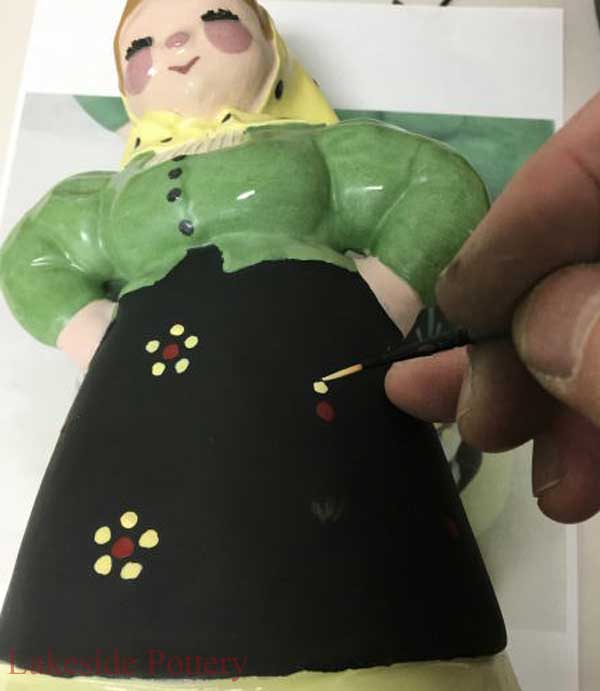 Heavily damaged ceramic figurine repair |
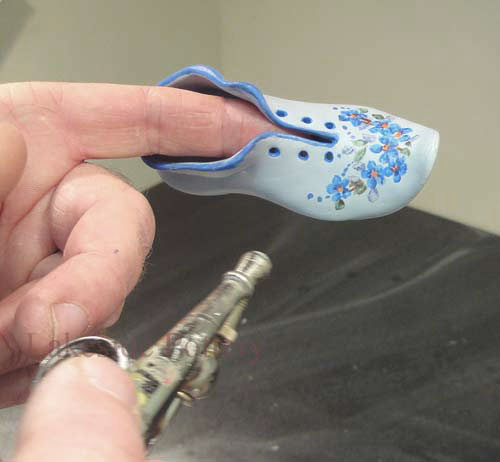 Miniature Porcelain |
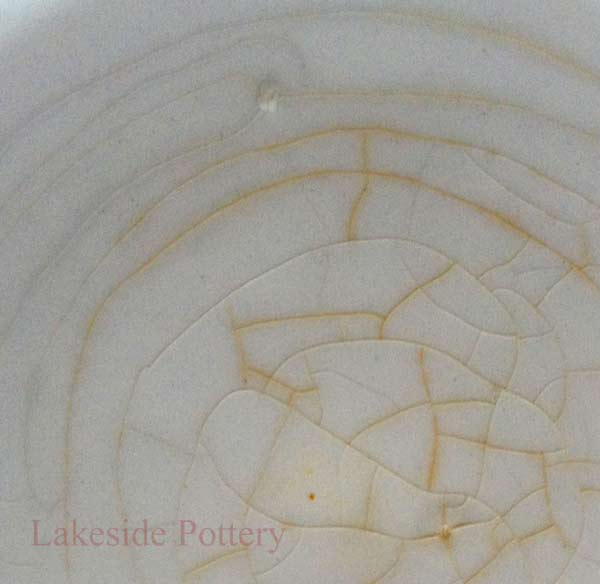 Removing stains |
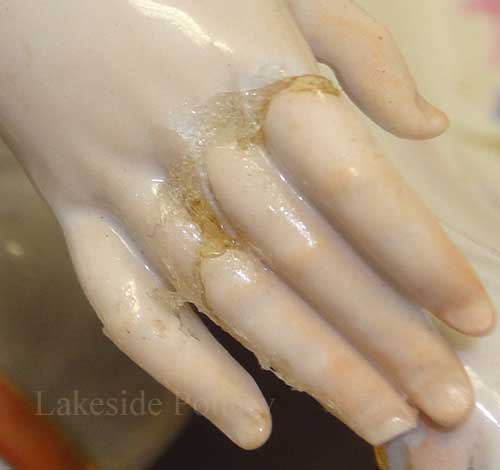 Removing erstwhile gum |
Lakeside Pottery is a ceramic, sculpture and Kintsugi repair and restoration facility.
Many ask for communication and one of the most common questions is "Can I use Super or Crazy Glues to fix my cleaved ceramic or sculpture? How practise I choose? It's so much easier than 2-part epoxies!" There is a misunderstanding almost the difference between super glues and epoxy and they are therefore sometimes used interchangeably but, super glues and epoxy adhesives are unlike and take specific purposes.
|
Should Epoxy or Super Glue exist Used for Ceramic or Sculpture Repair? | |
| It is of import to answer this question before you try to repair a broken detail that might exist valuable. 1) What are the attributes of these glues? 2) What problems might these glues nowadays? 3) What else practice y'all need to know about these adhesives for repairing broken pottery, ceramic, stone or china? | |
| | |
| Epoxies Epoxies have a stiff bond, strong structural strength and are improve at filling voids between parts. Epoxy consists of 2 parts, the hardener and the resin that must exist combined and mixed well. In some brands, the resin and the hardeners are unlike colors. Mixing the two generates a third color that can tell you when the two parts are properly mixed. Epoxies come in different sizes, names, containers, and squeezing styles. Different epoxies have unlike purposes – mending, filling, and protective coating. In this write-up, we'll focus on mending epoxies just as compared to super glues. Where to go epoxy for ceramic repair? | Two-parts clear epoxy |
| | |
| | |
| Super Glues, Cyanoacrylate, Krazy / Crazy Gum | |
| Super glues are a single component made from Cyanoacrylate that hardens chop-chop with a strong bond when exposed to moisture in the air. It is a very thin watery liquid that can be used directly out of the canteen without mixing. However, Super glues have very depression shear strength (side push or pull) which means that the parts bonded will resist direct pulling but not off-bending stress. Super glues require a tight fit given the liquidity and very thin gum layer between the broken parts for proper bonding and therefore volition not make full in voids. Super Glues work best on non-porous materials. Lastly, Super glues effects subsequent layers of restoration such equally fillers or paints used for implementing a seamless repair. With time, it volition interact with this layer and volition appear in a different color similar the example on the right. | |
| Cementing and Filling in Gaps Dissimilar super glues, mending epoxies are also gap fillers given the thickness of the parts mix. If the broken pieces do not accept a perfect fit, epoxy will fill up in the gaps while creating a bond between the cleaved pieces. | 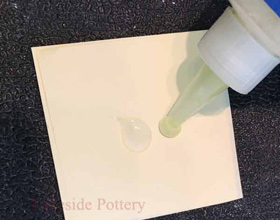 2-part fifty-fifty ratio mix |
| Epoxies Setting Fourth dimension Epoxies are available for different set and cure time and tin can vary from minutes to several hours. Therefor, holding the cemented parts in place until the epoxy sets can exist a challenge. This fourth dimension depends upon the chemic composition of the hardener. You will desire to consider whether quick setting or tiresome setting epoxy is the about appropriate for your project. Holding the cemented pieces past hand waiting for the duration of the cure fourth dimension is not practical or accurate. We take created a tutorial illustrating some methods of keeping cemented segments safely in place while waiting for the agglutinative to cure. See link or click on photo on right. | |
| When to utilise slower setting epoxy? If you are working on small-scale items that can be secured rapidly, the quick setting five minute epoxy may be your choice. Spreading glue over larger items may require slower setting of product. V minutes become past fast! Slower setting epoxy is generally stronger, although some brands take recently improved the strength for fast setting epoxies to be equally good. | 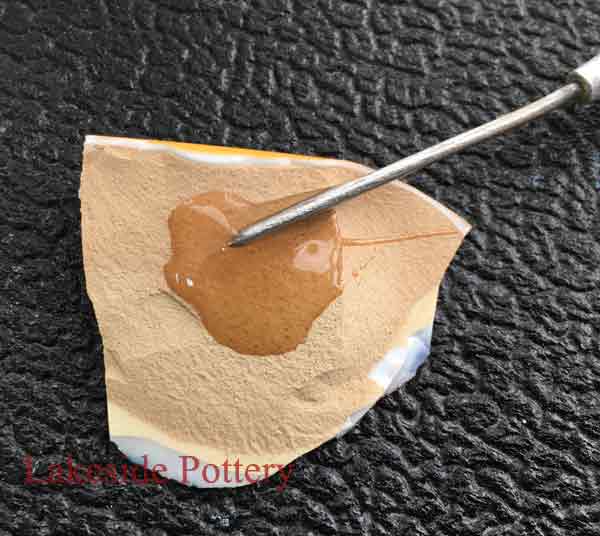 Applying 2-part epoxy |
| High Temperature Failure Superglues are fairly resistant to heat, just their strength will be reduced. Information technology is not recommended for applications where the glue may be exposed to temperatures over 200 degrees F. The bond will deteriorate with heat.. Most epoxies can withstand temperatures up to 200° F (xc° C). Anything higher and the molecular construction will change, causing the epoxy to soften. | 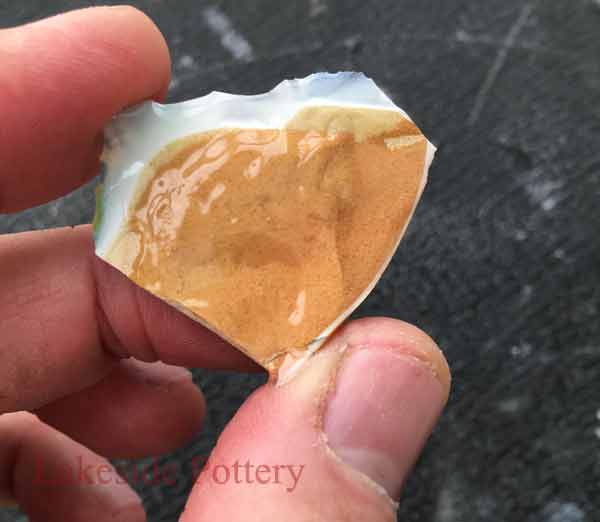 Cover full surface |
| Repair Line Thickness and Color Super glues leave a thinner mending line while some epoxies have color; some are clear and others are yellow, simply they all leave a thicker line. Therefore, consider advent in your pick of epoxy. If farther restoration is planned, (i.east. hiding repair lines with fillers, colors and cold glazes), select the stronger epoxy regardless of color. | |
| Note: Lakeside Pottery Studio uses 3600 PSI articulate epoxy (encounter link) for nearly mending applications. Most clear mending epoxies do yellow with fourth dimension when exposed to UV low-cal (e.g., sun or fluorescent low-cal) and tin can touch the quality of the over-painting restoration effort. | 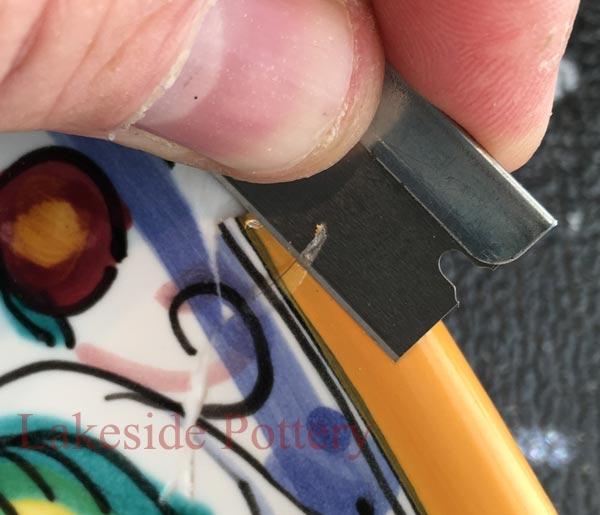 Removing epoxy later |
Cleaning
Nosotros recommend not to attempt cleaning excess epoxy while it is withal liquid to avert lining shift and smearing on to a larger area. Let the epoxy cure partially to ensure a stable bond before removing backlog cured epoxy with a blade (run across more). Epoxy spillover on soft ceramic (e.thou., terra cotta) is undesirable. In removing the excess epoxy y'all will likely scratch soft ceramic or stone and cause further surface damage.
| Decision In well-nigh of our ceramic restoration, we invest meaning attempt in hiding the repair and therefore accept to brand sure the mending longevity and visual performance are the best possible and volition last indefinitely. We use high-finish, non-yellowing v minute clear epoxies (see link for the brand we do use) in almost ceramic, stone and Kintsugi repair applications. Super glues are probably a proficient choice for items that are non handled often, without long life expectation and subsequent layers of other materials are not applied over the mending areas. | ||
| How To Repair Broken Pottery - Video | ||
| Earlier and After Repair Slideshow | ||
Source: https://www.lakesidepottery.com/Pages/Pottery-tips/epoxies-vs-cyanoacrylate-super-glue-crazy-glue-ceramic-china-repair.htm


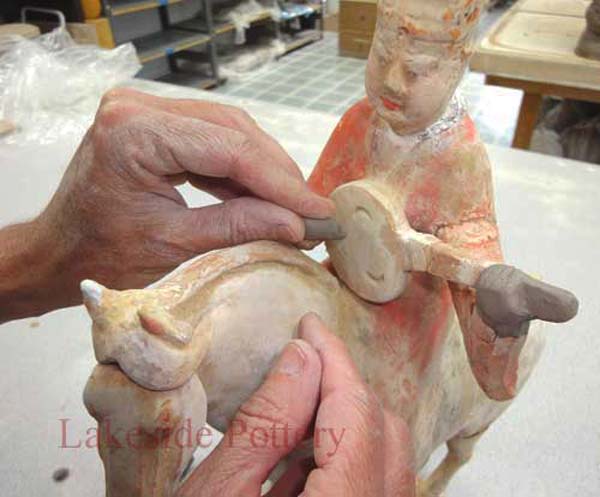











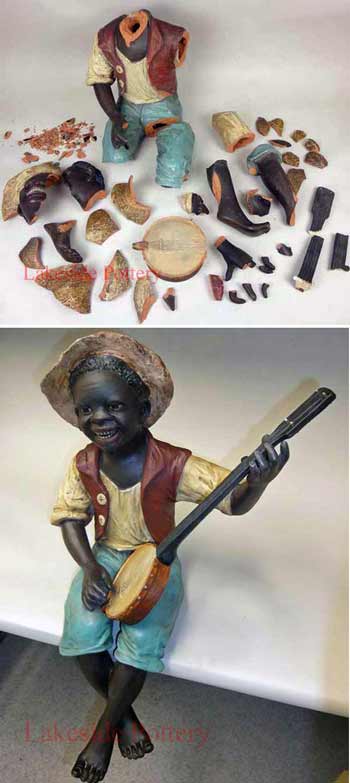
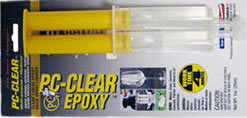
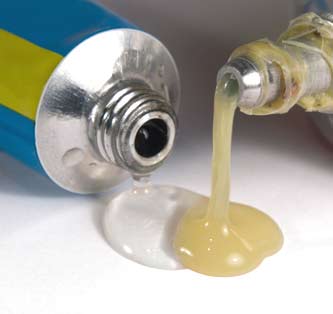
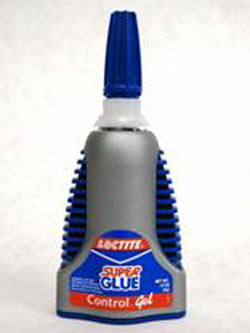
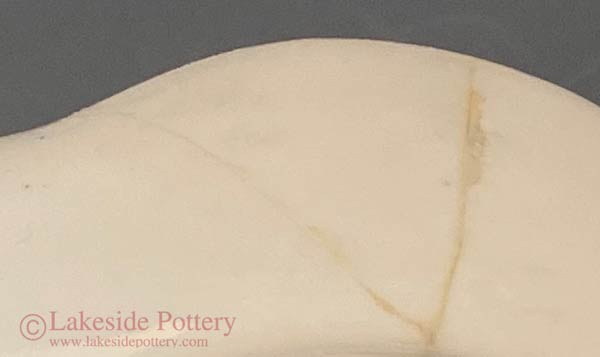
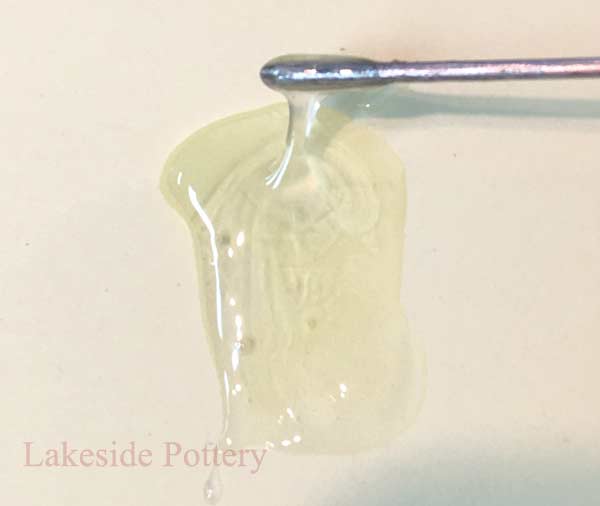
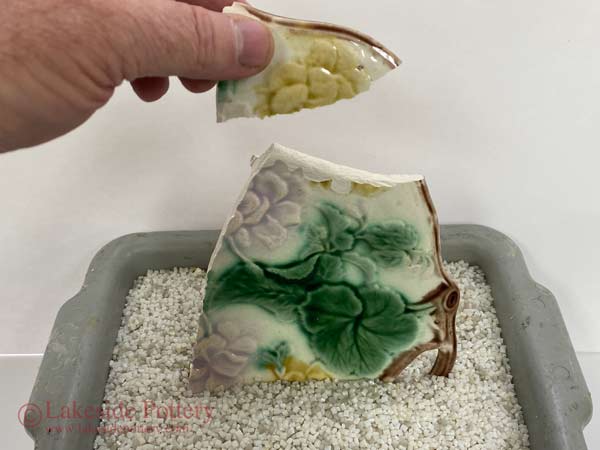
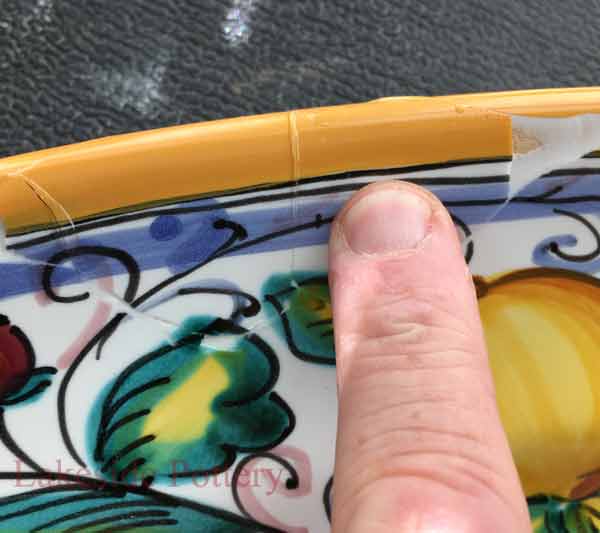
0 Response to "what is the best glue to use for broken china"
Post a Comment